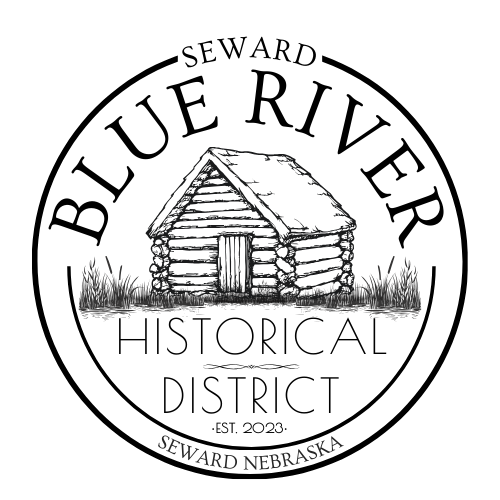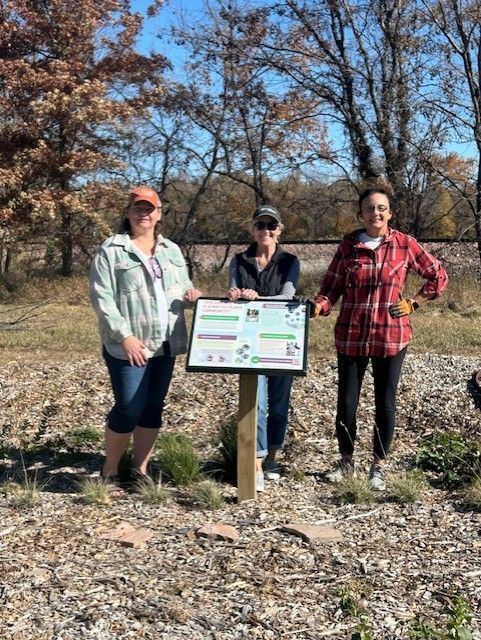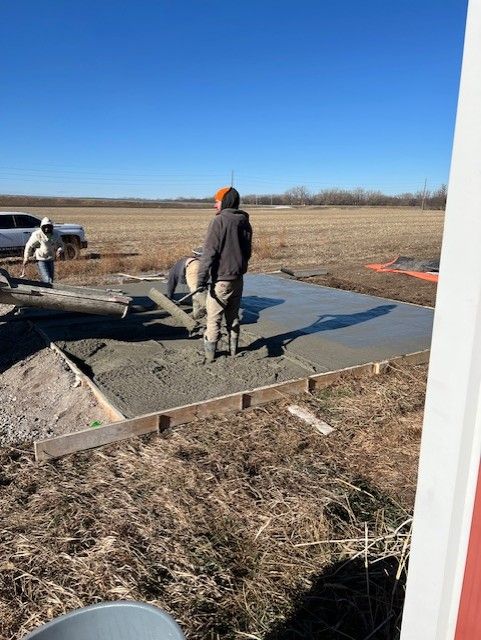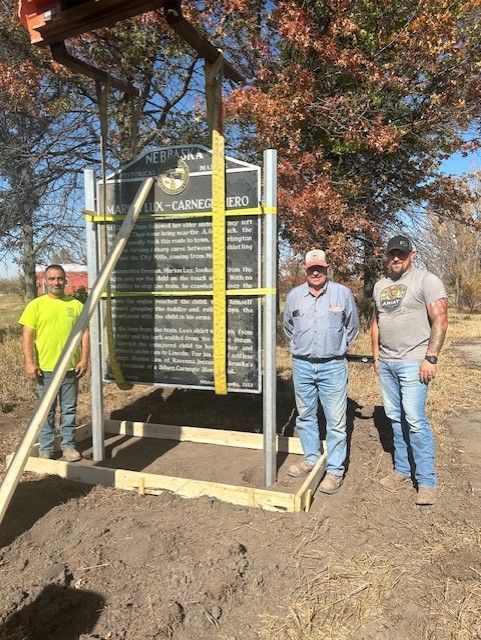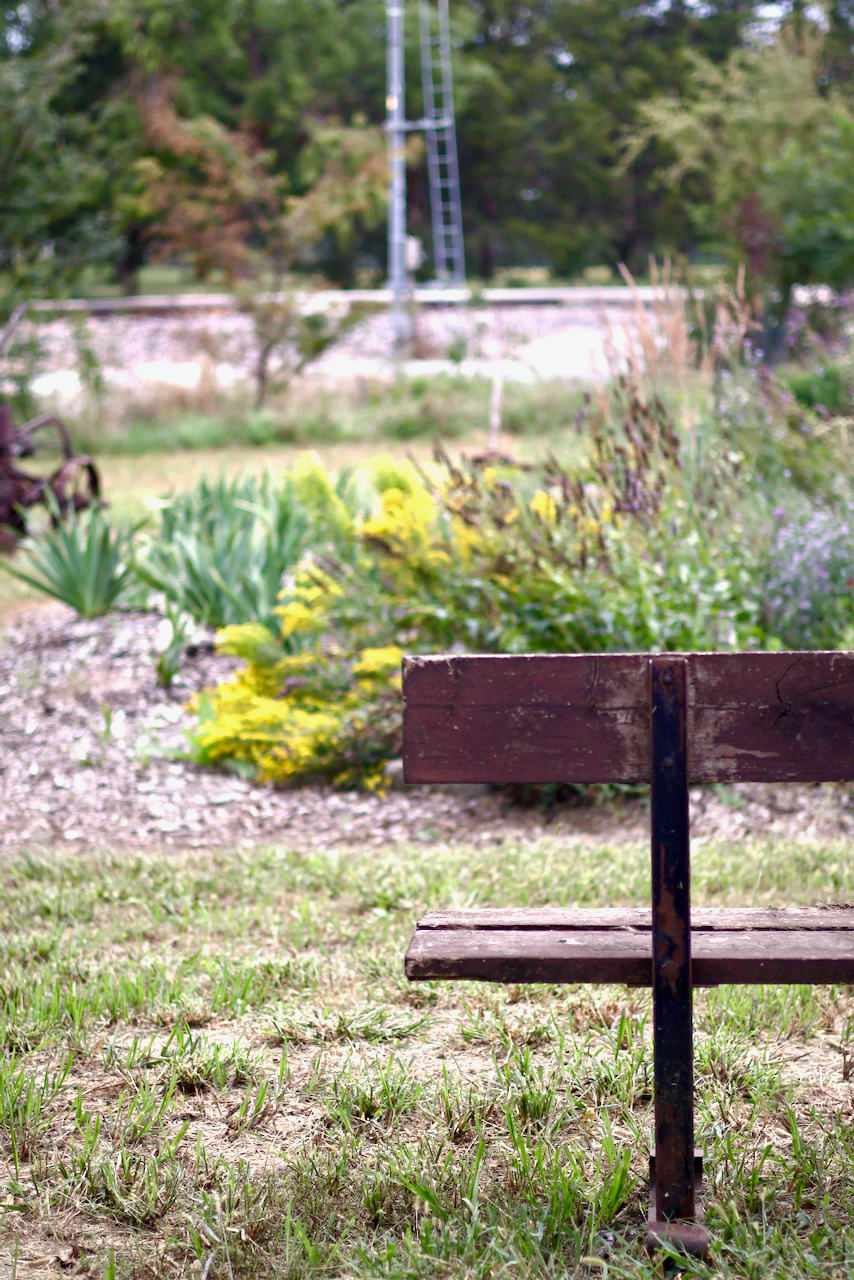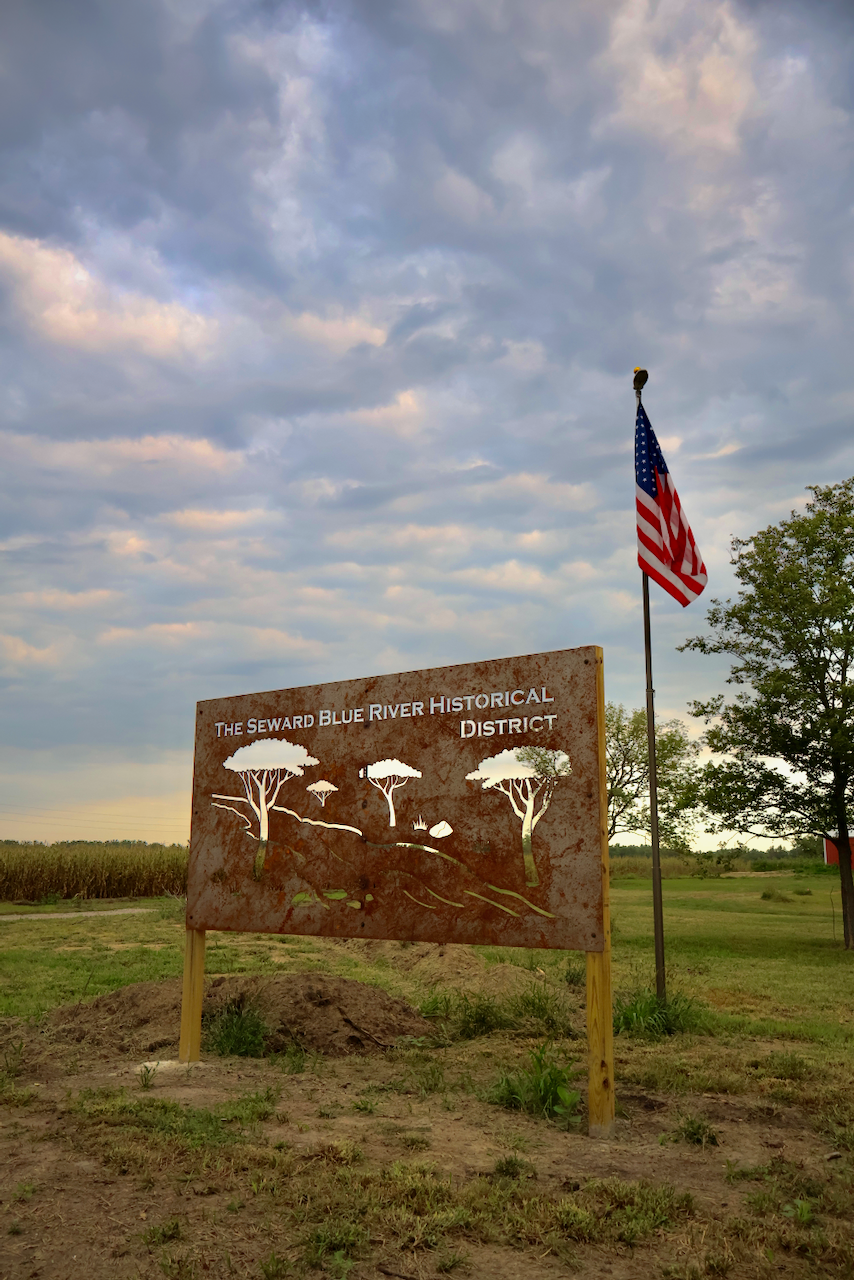2025 Progress and Future Goals of Seward Blue River Historical District
Concrete foundations set, historical markers installed, and plans underway to restore and expand the district’s educational and preservation facilities.
This year, the district completed the concrete foundation and prepared the land extensively for the cabin relocation. The Nebraska Historical Marker was installed, and a registered pollinator garden now thrives on site. Electricity and water connections were established, and the donated signage and new flagpole were installed. Collaboration with the Nebraska Arboretum group advanced plans for further site development.
Work is underway to refurbish the Information Center with new insulation and drywall. These improvements set the stage for future enhancements including heating, cooling, exhibit spaces, and visitor amenities. The progress reflects a strong commitment to preserving the district’s heritage while expanding its educational potential.
2025 Achievements and Enhancements
Our Vision For The Area
Concept Map of Seward Blue River Historical District
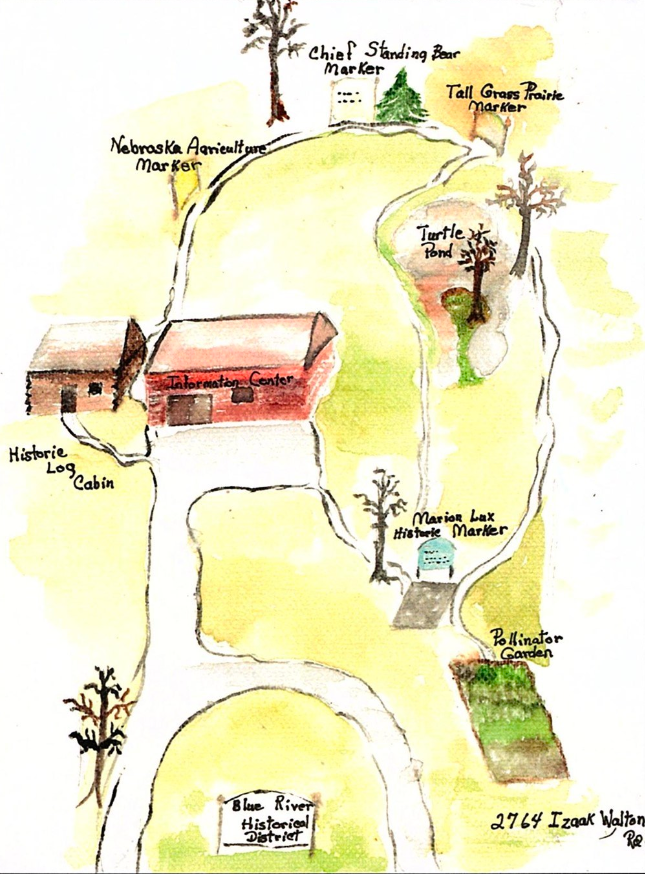
Concept Drawing of Log Cabin Restoration
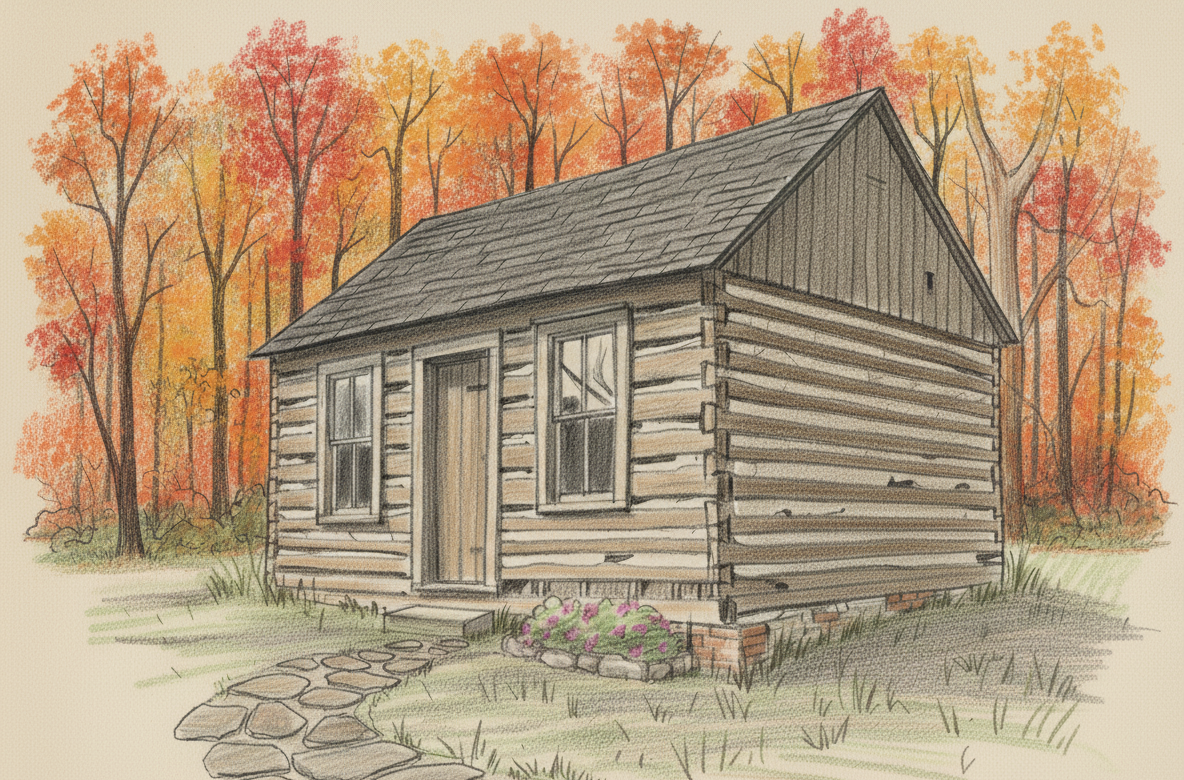
Idea For The "History of Blue River Agriculture" Display
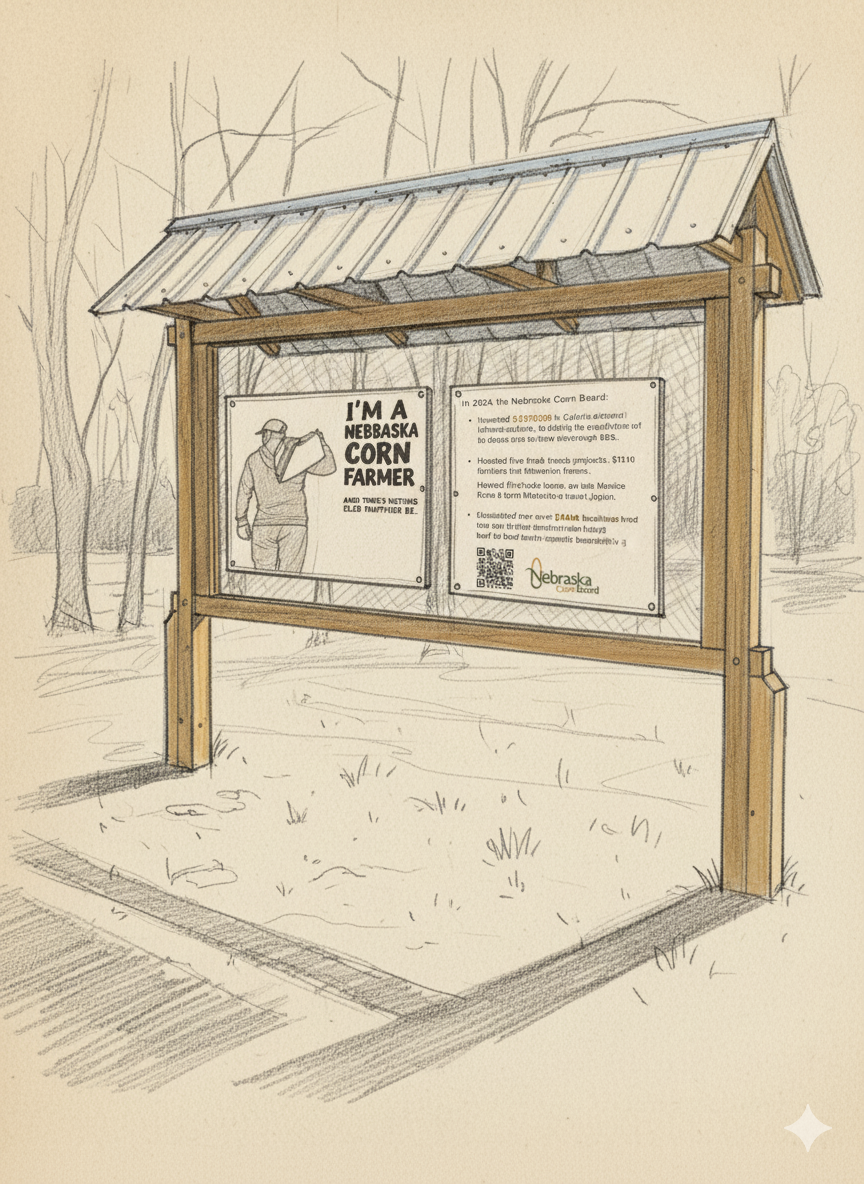
Idea For The "Chief Standing Bear In Seward County" Display
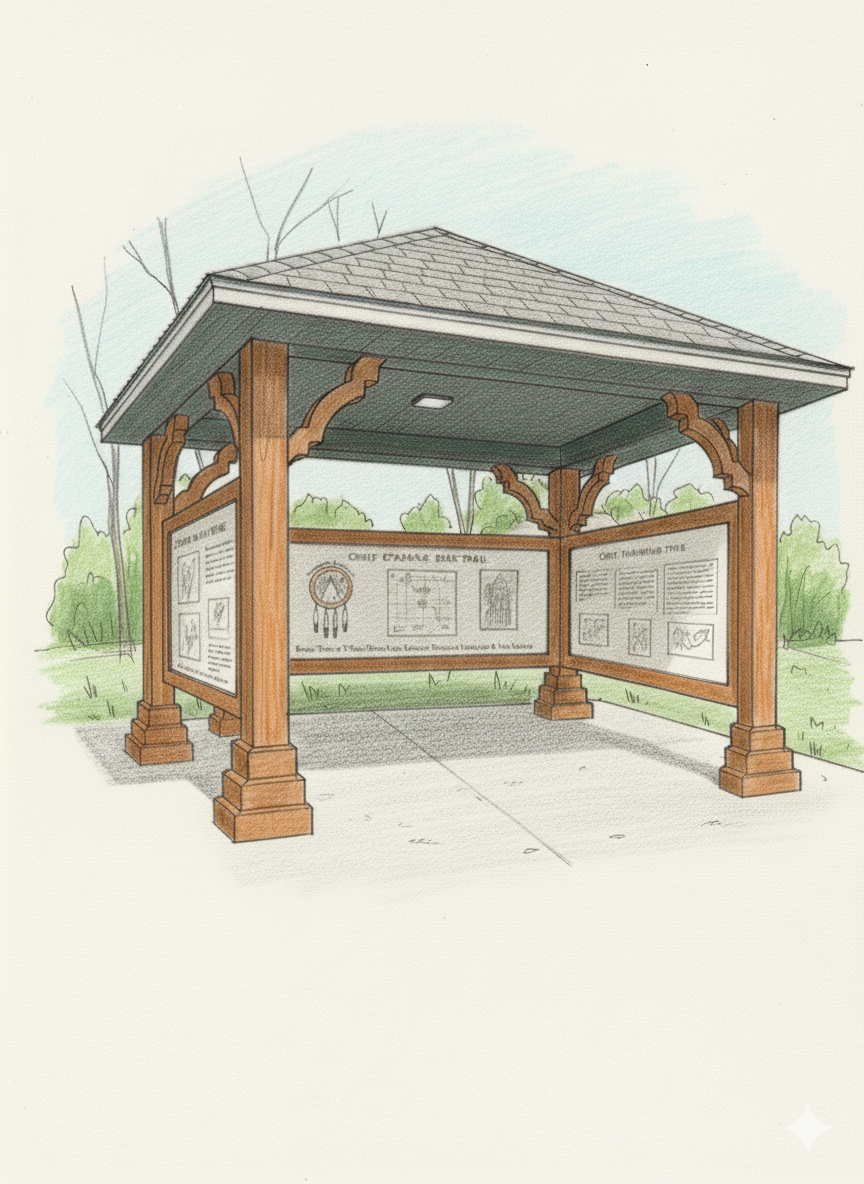
Idea For "The Vanishing Tallgrass Prairie" Display
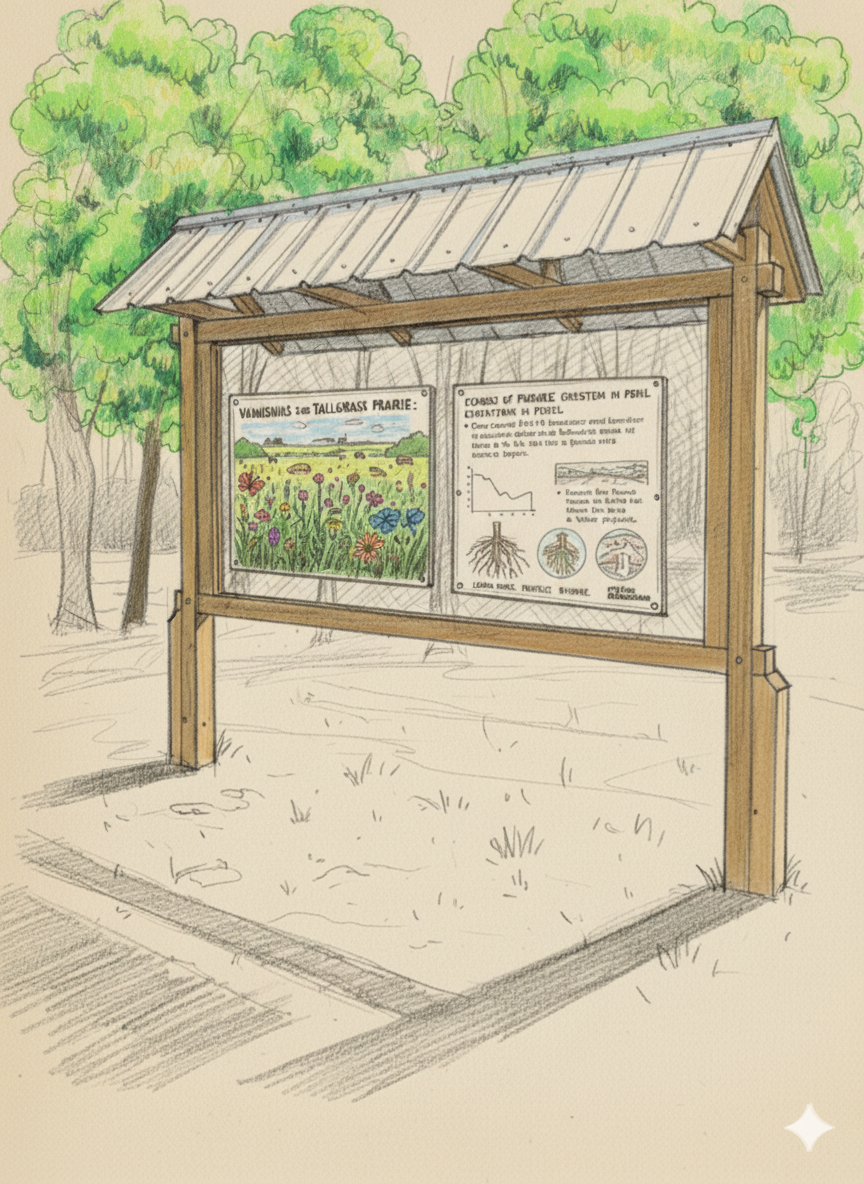
Ideas For The Hiking Trail and Wildlife Pond
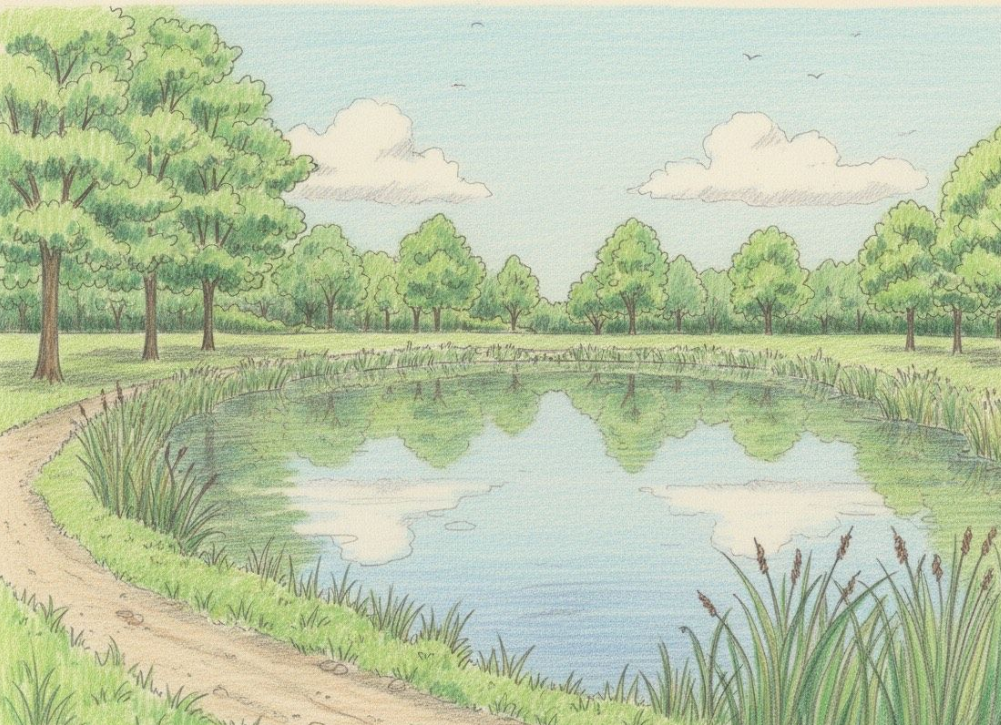
PLEASE NOTE: These sketches are ideas only.
The Seward Blue River Historical District is preparing to repair the cabin’s side walls and chinking, followed by a complete roof rebuild to ensure structural integrity. Plans include upgrading the Information Center with heating, cooling, exhibit space, meeting rooms, bathroom facilities, and a small kitchen to support visitors and educational programs.
Future projects also focus on enhancing visitor access with expanded parking for larger vehicles and campers, trenching the existing pond to improve water retention, and establishing a hiking trail featuring three interpretive stations. These stations will highlight Nebraska agriculture, Chief Standing Bear’s passage, and the region’s tallgrass prairies, enriching the educational experience.
Plans for Growth and Education
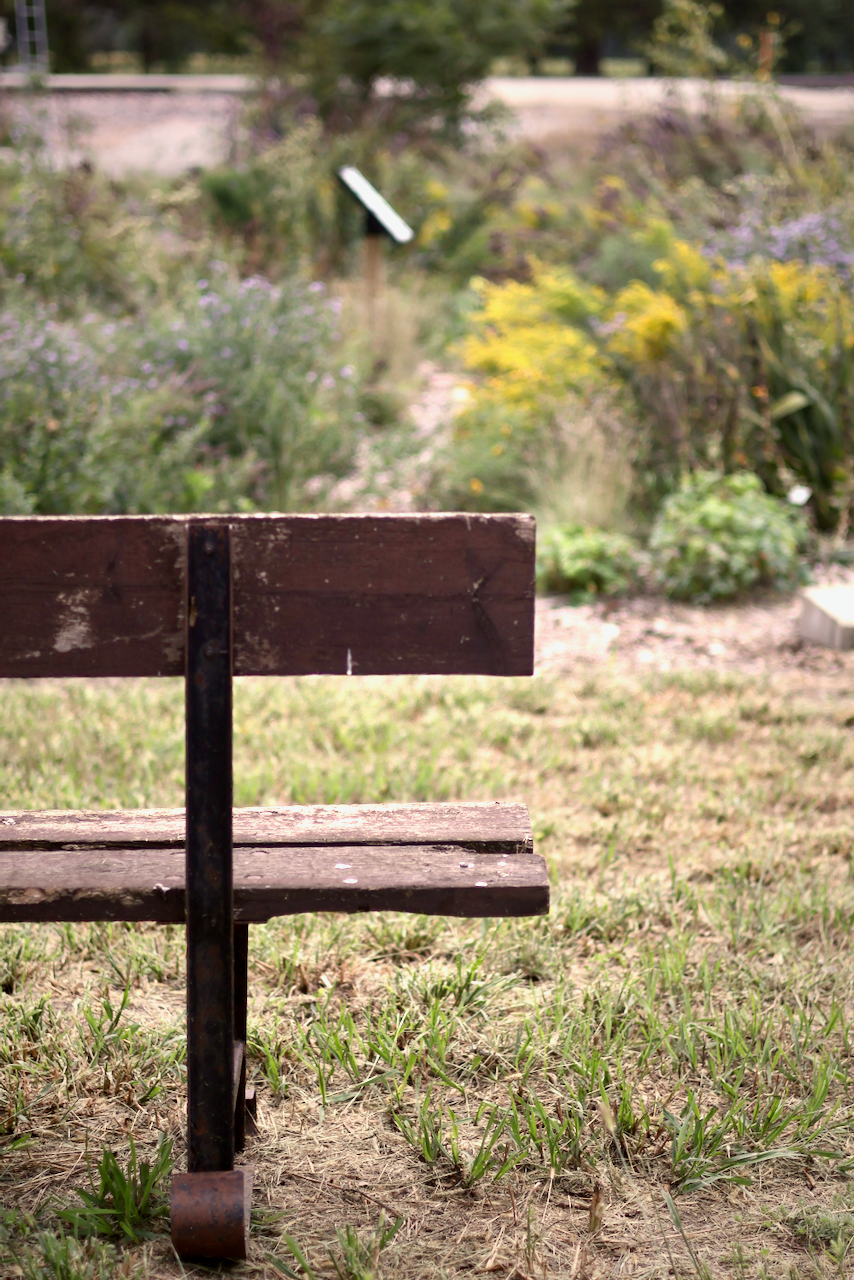
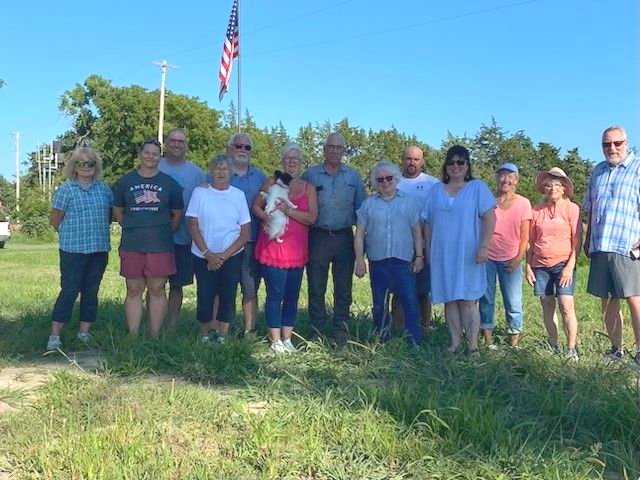
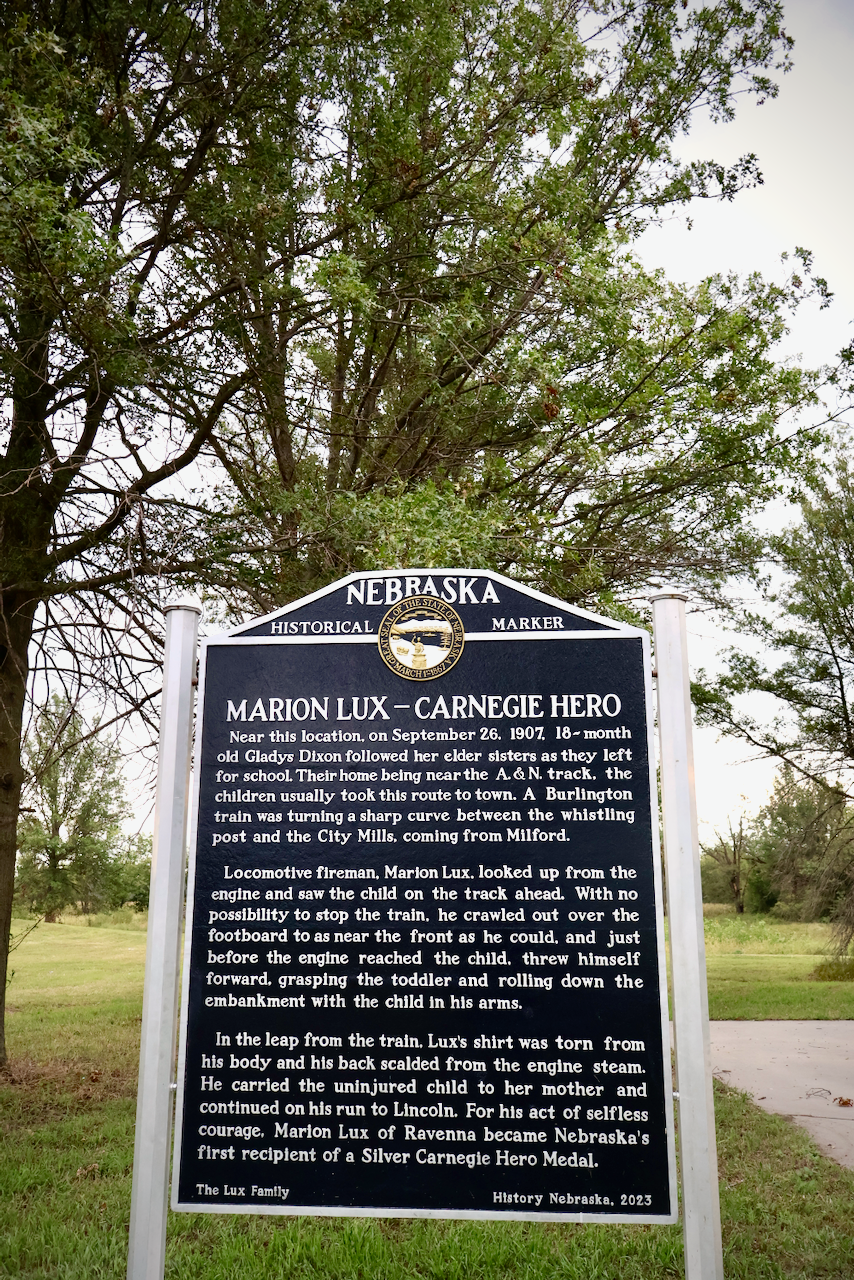
Organization
Overview
Our Mission
The Seward Blue River Historical District is a
501(c)(3)
nonprofit organization formed to facilitate the restoration and preservation of a historic log cabin and other historic items. Our extended goal is to share this history with our community and visitors, and use this site for educational purposes.
The Story
(Taken from County Records)
In 1866 Louis Leibrock entered upon and made settlement in the fall (one of the first settlers in what became H Precinct) and built a house thereon “of logs 17x19 feet with one door and three windows.” He also built a stable, granary, corn crib and set out 20 fruit trees. He was married with three children. He received his homestead certificate in 1873 (the 132nd). Louis Leibrock was born in Bavaria, and his wife in Illinois. By 1885 the family had grown to include seven children. In 1880, the Leibrocks sold a portion of the property to the German Evangelical Lutheran Immanuel Church of Middle Creek for $1. Louis Leibrock died in 1890, the result of a horse falling on him. Jane and the family remained on the farm, but ran into financial problems. The place was sold at a sheriff’s sale with Wilhelm Luebbe taking possession in December 1897. Several years ago the present owner stated that they would like to give this significant part of the county’s history to Seward to preserve and share this story. And so, another chapter in history has begun!
Creating The Working Structure
In 2022, a group of volunteers applied for and received the
501(c)(3) status. This allows for tax deductions and makes the group eligible to apply for grants. It was officially listed both federally and statewide as The Seward Blue River Historical District, and has a working board of directors for guidance and setting policy.
Profile
This project has proven to be an extraordinary example of collaboration of an extraordinary number of people contributing time, talent, and resources to build a lasting legacy for their community! As this project develops, it has become clear that this site will tell the story of the early settlers, the Ponca Tribes’ forced trek through Seward County, the history of the Tallgrass Prairie-native species and pollinators, the evolution of agriculture in the Blue River Valley and its impact worldwide, and notable historic actions!
